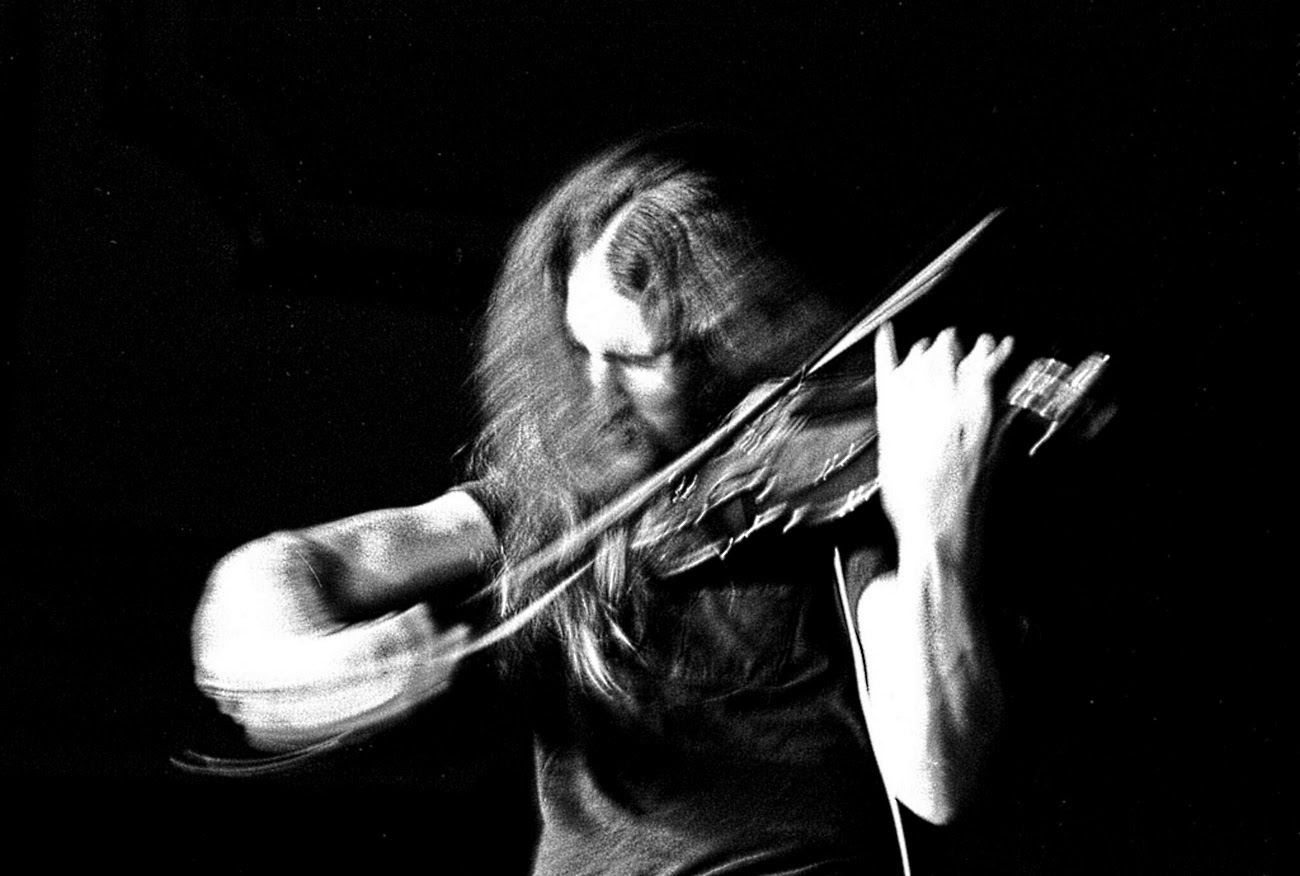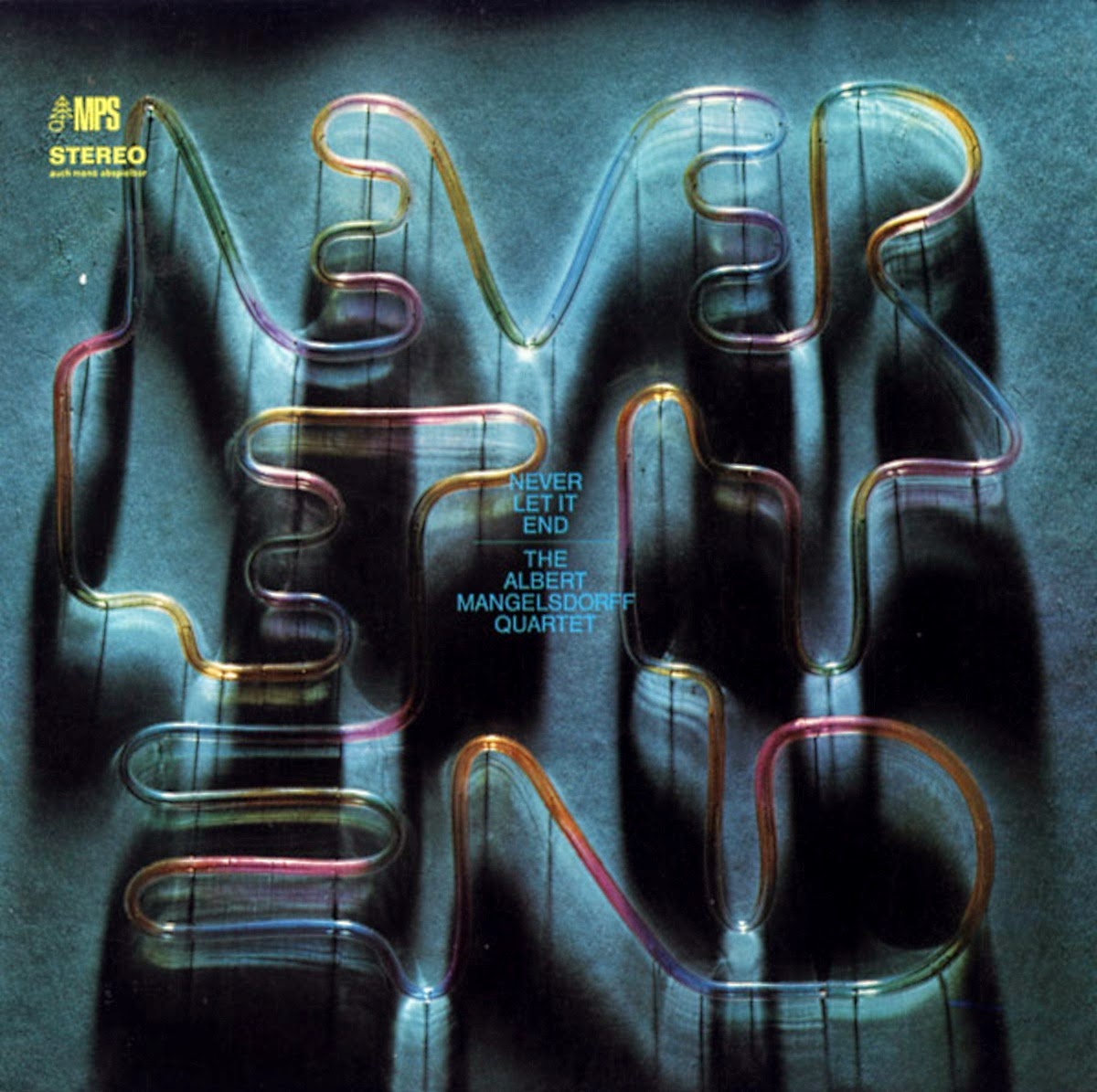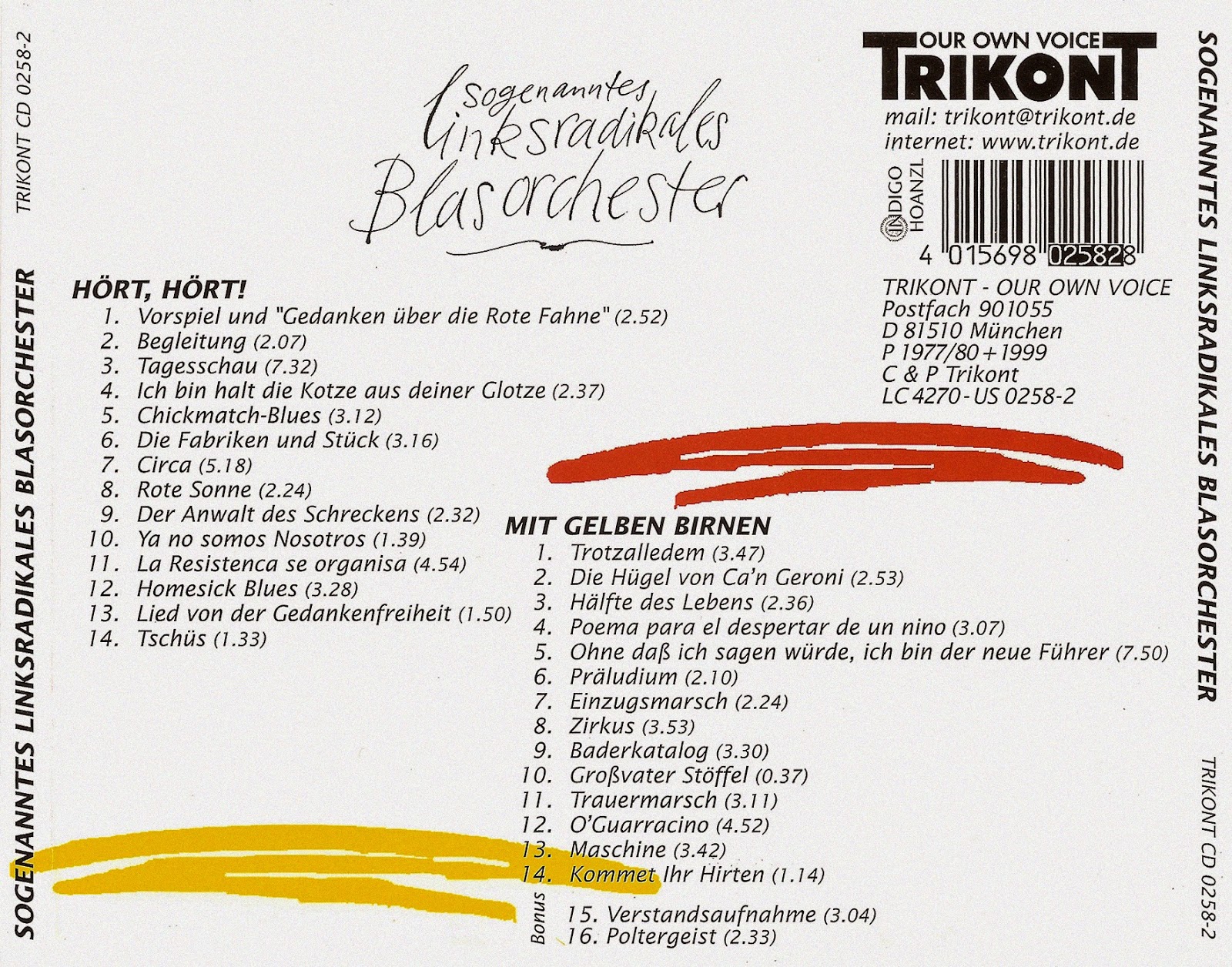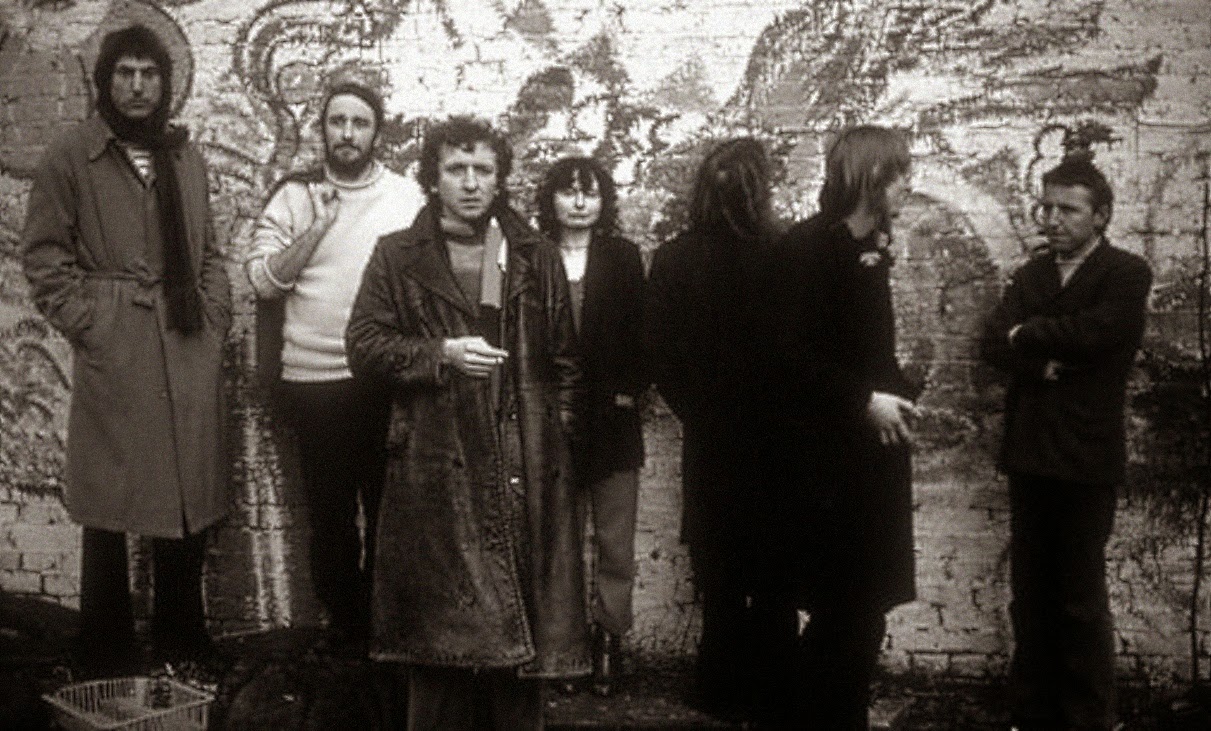Label: Jugoton – LSY-66184
Format: Vinyl, LP, Album; Country: Yugoslavia - Released: 1983
Style: Post Bop, Modal
This record was released around the tenth anniversary of Janša's quartet; it represents the last four versions of the group.
Artwork By – Dragana Midič
Editor-in-chief – Dubravko Majnarić
Editor – Vida Ramušćak
Liner Notes – Janez Gregorc
Written-By, Leader – Tone Janša
Psychedelic Yugoslav free jazz could be the best definition of this amazing album, released in 1983 for Jugoton record label. Somehow, maybe it’s my subjective origin based opinion, but the traditional sound of Balkan is in a perfect emotional synergy with the jazz form played by the artists. Themes are utterly contagious, while inspiring solos will fly you away into a complete trance. With such a soul given play, Tone Janša celebrates the tenth anniversary of the existence of his quartet. Definitely, a true gem of Yugoslavian jazz. Enjoy!
A1 - Goa . . . 10:36
BERND DIETRICH – double bass, (soloist)
GERHARD WENNEMUTH – drums
DEJAN PEČENKO – piano
TONE JANŠA – soprano saxophone, (soloist)
A2 - Trainin' . . . 5:22
KAREL NOVAK – bass
RATKO DIVJAK – drums
SLAVKO AVSENIK Jr. – piano, (soloist)
TONE JANŠA – tenor saxophone, (soloist)
A3 - Yatra . . . 6:23
ADELHARD ROIDINGER – double bass
RATKO DIVJAK – drums
DEJAN PEČENKO – piano, (soloist)
TONE JANŠA – Wind [Shinay], (soloist)
B1 - Stroll And Flight . . . 10:44
KAREL NOVAK – bass
RATKO DIVJAK – drums
SLAVKO AVSENIK Jr. – piano, (soloist)
TONE JANŠA – tenor saxophone, (soloist)
B2 - Black Time . . . 10:03
ADELHARD ROIDINGER – double bass, (soloist)
RATKO DIVJAK – drums
TONE JANSA – flute, (soloist)
ANDY LUMMP – piano, (soloist)
 Tone Janša
Tone JanšaLiner Notes:
Tone Janša celebrates the tenth anniversary of the existence of his quartet. On this record he represents the last four versions of his group, which changes its members according to need:
Tone Janša ss, Dejan Pečenko p, Bernd Dietrich b, Gerhard Wennemuth dr on "Goa" A1
Tone Janša ts, Slavko Avsenik jun. p, Karel Novak b, Ratko Divjak dr on "Trainin'" A2 and "Stroll and flight" B2
Tone Janša fl, Andy Lummp p, Adelhard Roidinger b, Ratko Divjak dr on "Black time" B2
Tone Janša shinay, Dejan Pečenko p, Adelhard Roidinger b, Ratko Divjak dr on Yatra A3
After having finished his studies in Classical music and Jazz in Graz and after his Jazz studies at Boston's Berklee College of Music, Tone Janša returned to Yugoslavia, joined the RTV Ljubljana Big Band as saxophonist and devoted more time to his own music and quartet. He recorded in Ljubljana at North German radio station in Hamburg, in Trieste in numerous Yugoslav TV and radio studios. Further he played and recorded on Jazz Festivals at:
1974 the Polish "Jazz nad Odra", in Graz where he played in the international Big Band under the direction of Slide Hampton
1975 in Debrecen and Nagykanisza in Hungary, Ljubljana Jazz Festival, Finland "Pori Jazz Festival"
1976 in Prague with Gustav Brom's Big Band, Ljubljana and Belgrade Jazz Festival
1978 UER/EBU (Europena Big Band) in Perugia - Italy
1979 Yugoslav Jazz Festivals (Maribor, Novi Sad, Belgrade, Zagreb)
1980 Yatra Jazz Festival in Bombay + an extensive tour of India Burghausen Jazz Festival in Germany
1981 Berlin Jazz Festival "Jazz Buhne Berlin 81", Austrian Jazz Days in Linz, Aarhus EBU Jazz Festival in Denmark
1982 Saalfelden in Austria, Ljubljana and Maribor Jazz Festival, Nagykanisza and Sombathely in Hungary and many others
Tone Janša is without doubt one of the most promising jazz musicians in Yugoslavia. He represents a new trend, which one readily recognizes after having listened to his music. His music is fresh, dynamic, and modally as well as rhythmically very interesting. He composes and plays his own music.
_ By JANEZ GREGORC
If you find it, buy this album!







































































